Thessaloniki gets ready for its metro launch in November
The underground rapid transit lines have been under construction for almost two decades due to various project delays
 TheMayor.EU logo
TheMayor.EU logo By expanding pedestrian-priority zones, the city ensures locals can keep their distance from each other
Mixing the need for social distancing with climate protection can be tricky – but also extremely lucrative in terms of protecting not only the environment but also the health of citizens. In the Portuguese city of Porto, local authorities are successfully achieving both of these goals by incorporating pedestrian-priority zones into current traffic conditions, thereby increasing the space available to citizens when they’re outside and allowing them to keep a safe distance from each other.
The so-called areas of coexistence within the city’s Atlantic Avenues, have allowed pedestrians to be able to adhere to social distancing measures, while also keeping some form of traffic alive, thereby giving people to opportunity to get where they need to be without having to go around and seek different paths.
The areas of coexistence, in essence, give pedestrians a larger area on which they can spread themselves out by ensuring their safety through the imposition of severe limitations to the maximum speed of vehicles. The regime is active on Saturdays between 2 PM and 7 PM and on Sundays between 9 AM and 7 PM. In these hours, cars will be able to drive with a maximum speed of 20 kilometres per hour, thereby ensuring the safety of pedestrians.
In order to make sure that vehicles obey the new regulations, the municipality of Porto has bolstered signalling in these areas that make sure that everyone knows the rules and follows them. It is especially important for vehicle drivers to adhere to the new regulations as that is the only way to ensure the physical safety of pedestrians, who due to the pandemic have been in far greater need of space in order to adhere to social distancing measures.
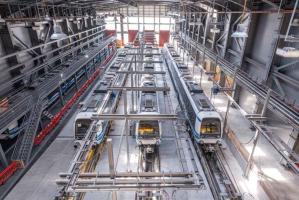
The underground rapid transit lines have been under construction for almost two decades due to various project delays

Now you can get your wine in Talence by paying directly in Bitcoin

That’s because the state has to spend money on updating the railway infrastructure rather than subsidizing the cost of the popular pass
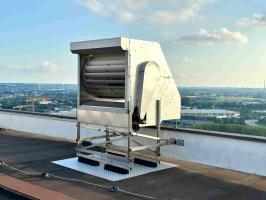
Rethinking renewable energy sources for the urban landscape
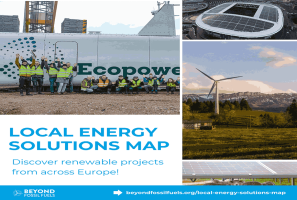
The examples, compiled by Beyond Fossil Fuels, can inform and inspire communities and entrepreneurs that still feel trepidation at the prospect of energy transition

Now you can get your wine in Talence by paying directly in Bitcoin

The 10th European Conference on Sustainable Cities and Towns (ESCT) sets the stage for stronger cooperation between the EU, national and local level to fast track Europe's transition to climate neutrality.
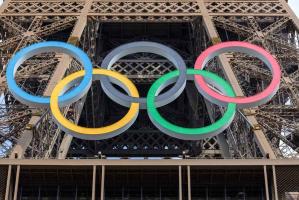
At least, that’s the promise made by the mayor of Paris, Anne Hidalgo

The underground rapid transit lines have been under construction for almost two decades due to various project delays

At least, that’s the promise made by the mayor of Paris, Anne Hidalgo
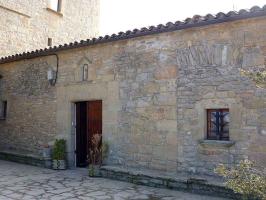
Hostal de Pinós is located in the geographical centre of the autonomous region
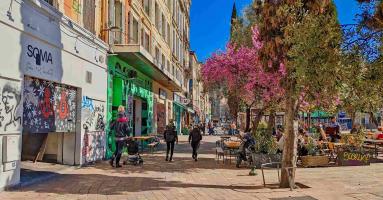
Despite its church-y name, the district has long been known as the hangout spot for the artsy crowds
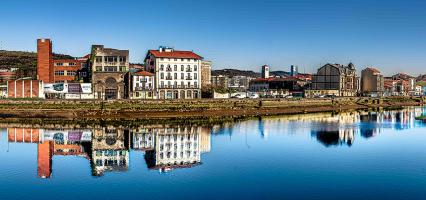
Urban dwellers across the EU are having a say in making their surroundings friendlier to people and the environment.
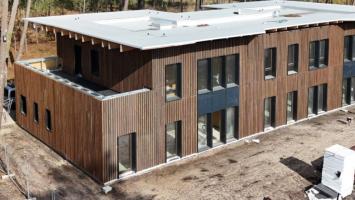
Forests in the EU can help green the European construction industry and bolster a continent-wide push for architectural improvements.

Apply by 10 November and do your part for the transformation of European public spaces

An interview with the Mayor of a Polish city that seeks to reinvent itself

An interview with the newly elected ICLEI President and Mayor of Malmö

A conversation with the Mayor of Lisbon about the spirit and dimensions of innovation present in the Portuguese capital














